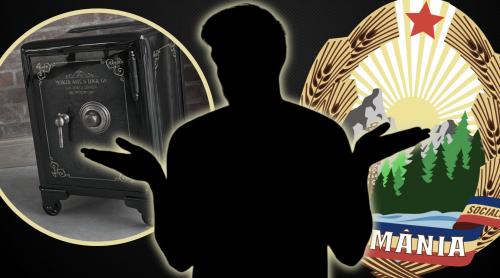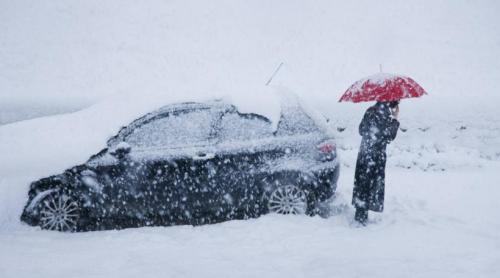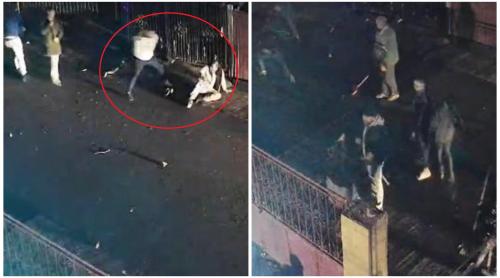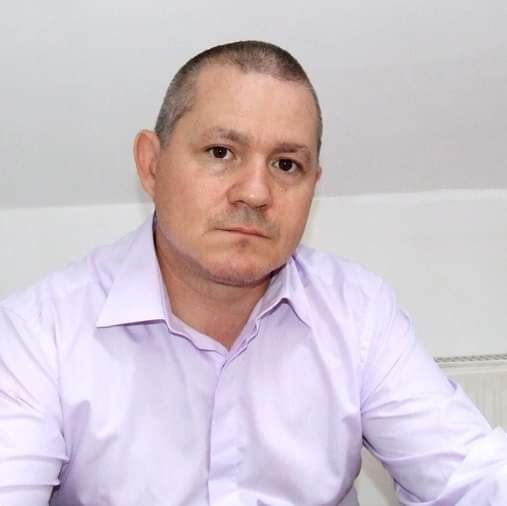
The recent 20 billion Euro loan agreement Romania signed with the EU, IMF, World Bank and EBRD raised both hopes and fears. Some said paying back on the loan will prove as difficult and taxing for the population as paying the foreign debt during the last years of the communist regime was
So, would it be that painful this time around too?
No, it won't.
It wouldn't have been 20 years ago either, had we had a foreign exchange market and central bank hard currency reserves; Romania would not have had to resort to selling its gold and food reserves.
As a matter of fact, do you remember the year 1999? That year again, Romania had to pay back a lot of its foreign debt, and various international fora thought the country will default on its pay.
After paying its quota in February, May and June, the central bank reserves had shrunk in 1999.
But by May, there was no actual danger in sight, and the central bank objective changed to replenishing the hard currency reserves, turning into a consistent hard currency buyer on the domestic money market.
By August, the central bank continued to pay Romania's foreign debt, while it had increased its own reserves by 500 million dollars, which it bought between June and August.
By September, the central bank was servicing the foreign debt while building the hard currency reserves with buys primarily on the domestic market.
However, a fall 1999 Standard & Poor's analysis assessed that the central bank reserves stayed at 30% of the current account deficit, whereas in fact the reserves equaled that deficit.
More serious, though, was the fact that the mood inside Romania was also pretty bleak, in spite of the fact that the central bank moves in 1999 set the stage for the economic recovery and growth in the subsequent years.
So, how will Romania manage to pay the recently agreed upon debt of 20 billion Euro? Much in the same way as it paid back in 1999.
By the time the first installments are to be paid, the Euro denominated structural funds from the EU would have arrived, hence the Euro will get into the central bank reserves, while the bank will exchange it for the domestic currency.
Citește pe Antena3.ro













